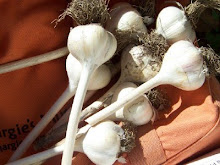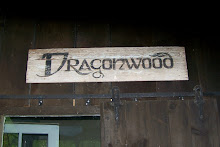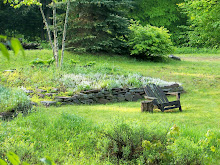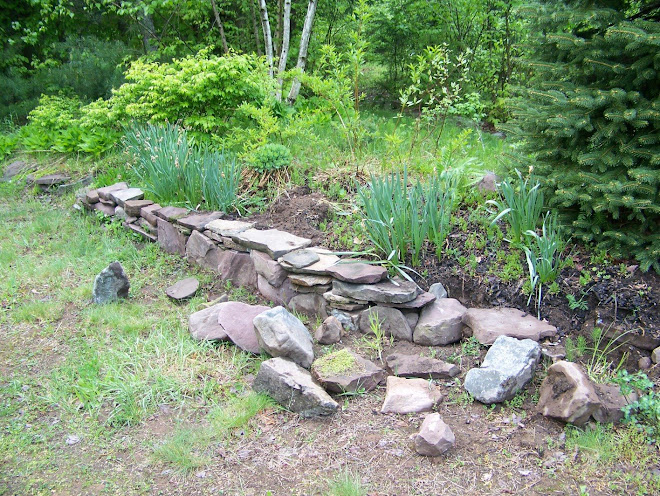
TUG HILL FIELD GUIDE BACK BY POPULAR DEMAND
Tug Hill: A Four Season Guide to The Natural Side, illustrated and edited by local naturalist and wildlife artist Robert McNamara, is again available for use in learning and navigating the Tug Hill Region. Contributing writers include John Cecil, the late Lee B. Chamberlaine, Peter Gaskin, Glenn Johnson, Donald E. Moore, III, and Lisa St. Hilaire. The guide features a sampling of the plants and animals of ten of the major habitat types that make up the Tug Hill, and includes a narrative of natural events, organized by season. An easy-to-use source for the identification of a variety of species, the 288 pages include 64 beautifully illustrated full-color plates by McNamara.
Perfect for the student and experienced naturalist alike, the book uses a Quick Habitat Finder Guide, a color-coded edge symbol system, for quick and easy reference. This book is a must-have for every nature library, and a gift which will provide hours of enjoyment both at home and in the field.
Get your books in time for holiday gift-giving, and meet it’s creators at our area book signings, scheduled for:
Saturday, November 15 1:00pm – 3:00pm
Abbott’s Fine Arts & Framing Studio
628 S. Main St.
Central Square, NY 13036


























